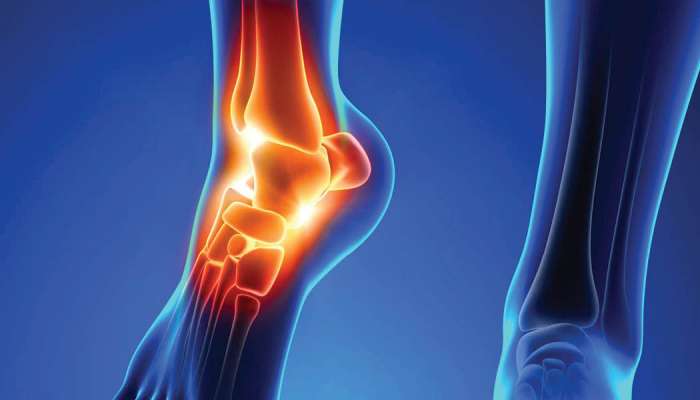
While you may want to tone your abs, glutes and triceps in the new year, there’s one often-overlooked area of the body that deserves your attention too: your feet!
“A lot of people hit the gym or dust off their home exercise equipment in January,” says Danielle Butto, DPM, FACFAS, a board-certified foot and ankle surgeon and a Fellow Member of the American College of Foot and Ankle Surgeons (ACFAS). “But without proper precautions, a new exercise routine can cause foot and ankle injuries that could sideline you just as you’re hitting your stride.”
Here’s what to know as you follow through on your resolution to get fit:
Common Injuries
• Don’t play through the pain of an ankle sprain. Avoiding treatment can not only cause further damage to the ligaments which may take much longer to heal or possibly require surgery, but you may be overlooking a more serious injury -- a stress fracture.
• A stress fracture may feel like an ankle sprain at first, but you’ll notice additional warning signs, such as swelling without bruising, and pain even during normal activities or when touching the area. If you have any of these symptoms, have your foot and ankle evaluated by a foot and ankle surgeon as soon as possible.
• Pain or swelling around your Achilles tendon after a workout could be indications of Achilles tendonitis. Untreated, a stretched or strained Achilles tendon may worsen over time, leading to stiffness and fatigue in your injured leg. Worse yet, untreated Achilles tendonitis could result in a ruptured tendon requiring surgery and a rehabilitation of several months.
• Heel pain that lasts for more than a day or two, or worsens when you stand after sitting for an extended amount of time, may be plantar fasciitis. This common condition is a result of inflammation of the tissue extending from your heel to your toes. If caught early, your foot and ankle surgeon can recommend at-home conditioning. In late stages, plantar fasciitis is harder to treat and takes longer to resolve.
Prevention Tips
The good news? Many injuries are preventable. Foot and ankle surgeons offer five tips to help you keep your feet and ankles healthy:
1. Be smart. Consider consulting a personal trainer at first to ensure you’re practicing good form, and to increase the duration and intensity of your workouts gradually and safely.
2. Stretch. Incorporate mobility and stretching into your fitness regimen, particularly before and after workouts.
3. Be footwear aware. Wear properly-fitting athletic shoes that support the arch of the foot, provide heel cushioning and are designed for the exercise in which you’re engaged. These measures can help you avoid plantar fasciitis and neuromas. Wear cotton or nonslip socks to help prevent painful blisters, which can become infected and cause more serious issues, especially if you have diabetes.
4. Guard against bacteria. Sweaty shoes, public showers, exercise equipment and the pool deck are breeding grounds for fungus, viruses and bacteria. Wear water shoes in public areas, and after workouts, and get your feet clean and dry quickly.
5. Book an appointment. Foot and ankle pain isn’t normal. It signals a problem that needs to be evaluated, diagnosed and treated by a specialist who fully understands this part of the body.
“When you exercise, your feet and ankles do a ton of work holding you up and absorbing the shock of each step you take,” says Dr. Butto. “So, as you kick off your new fitness routine, don’t forget to protect them.” - Statepoint